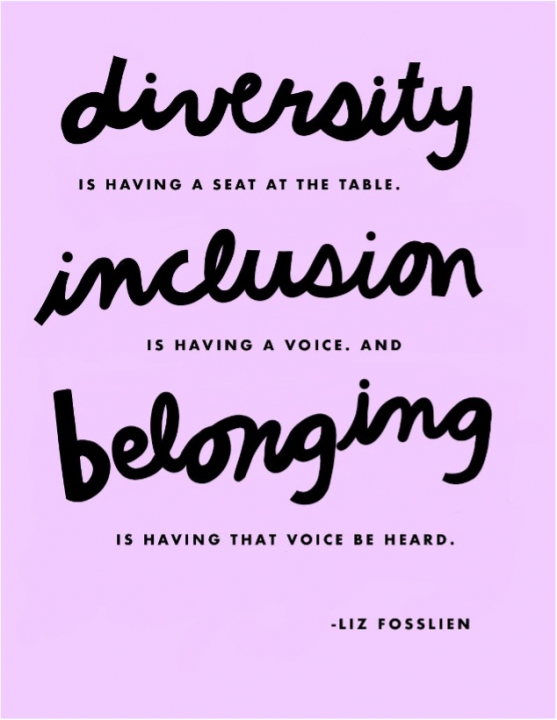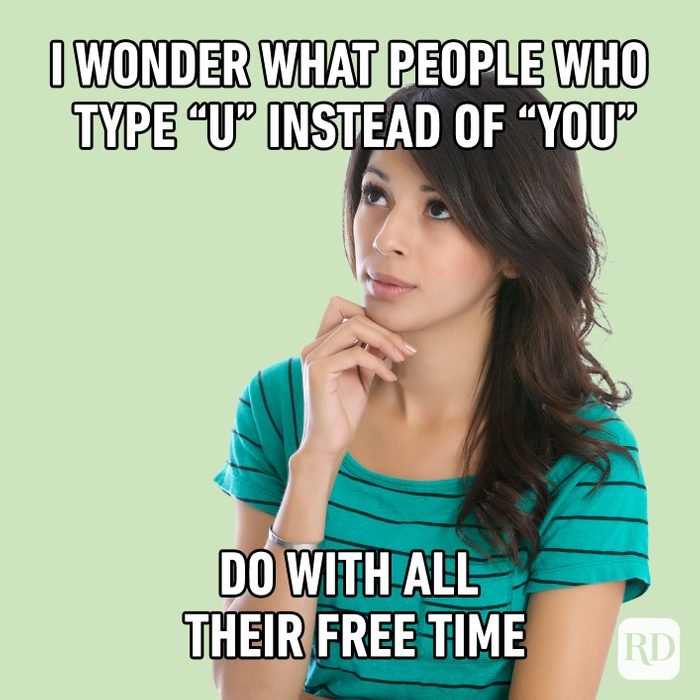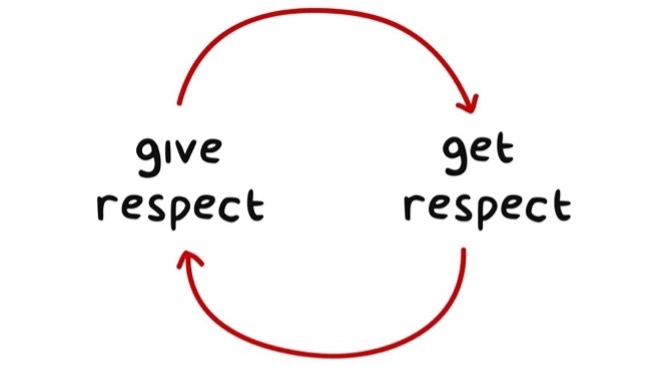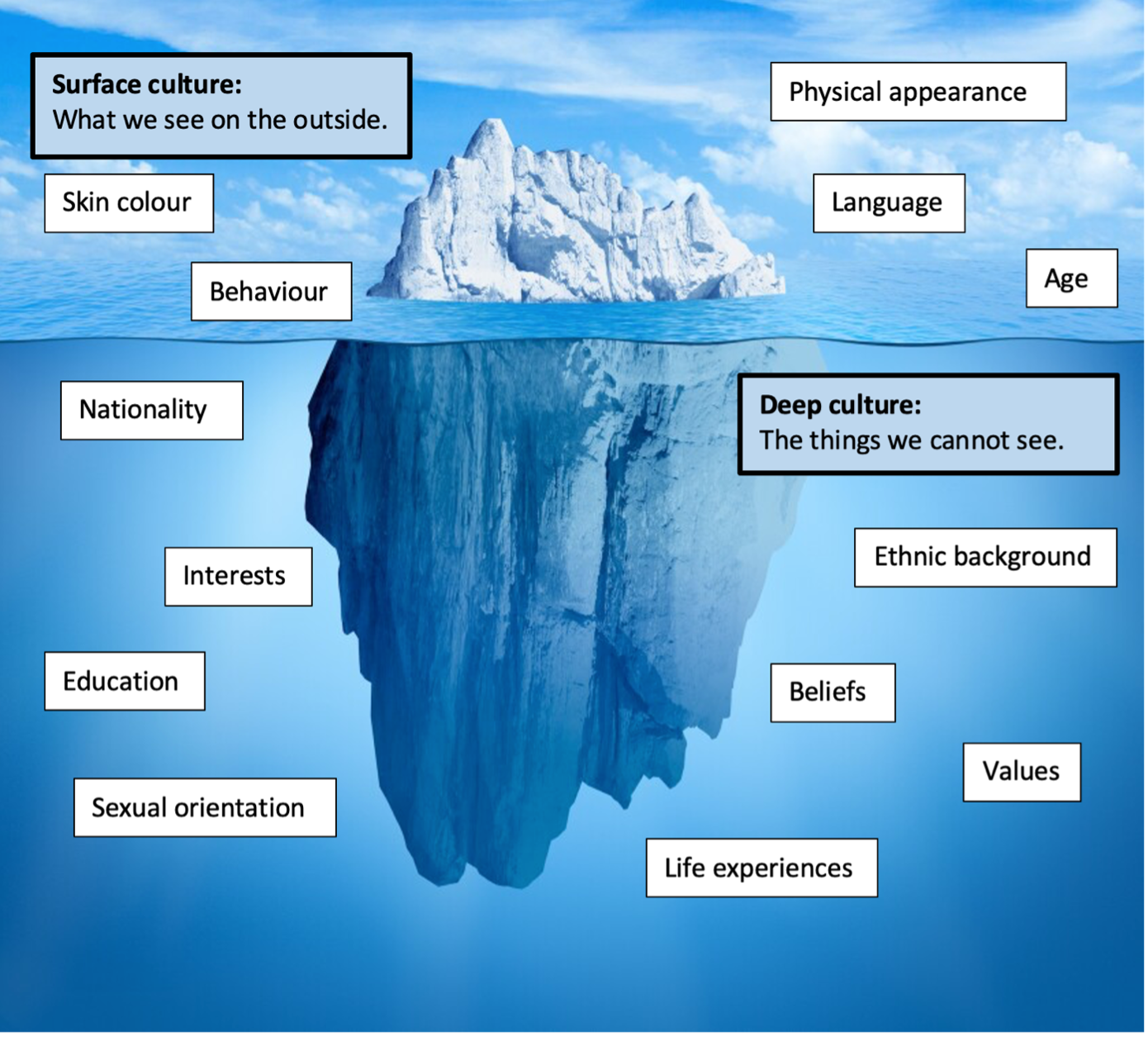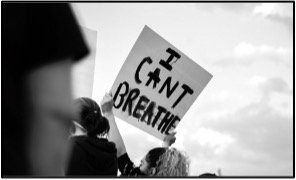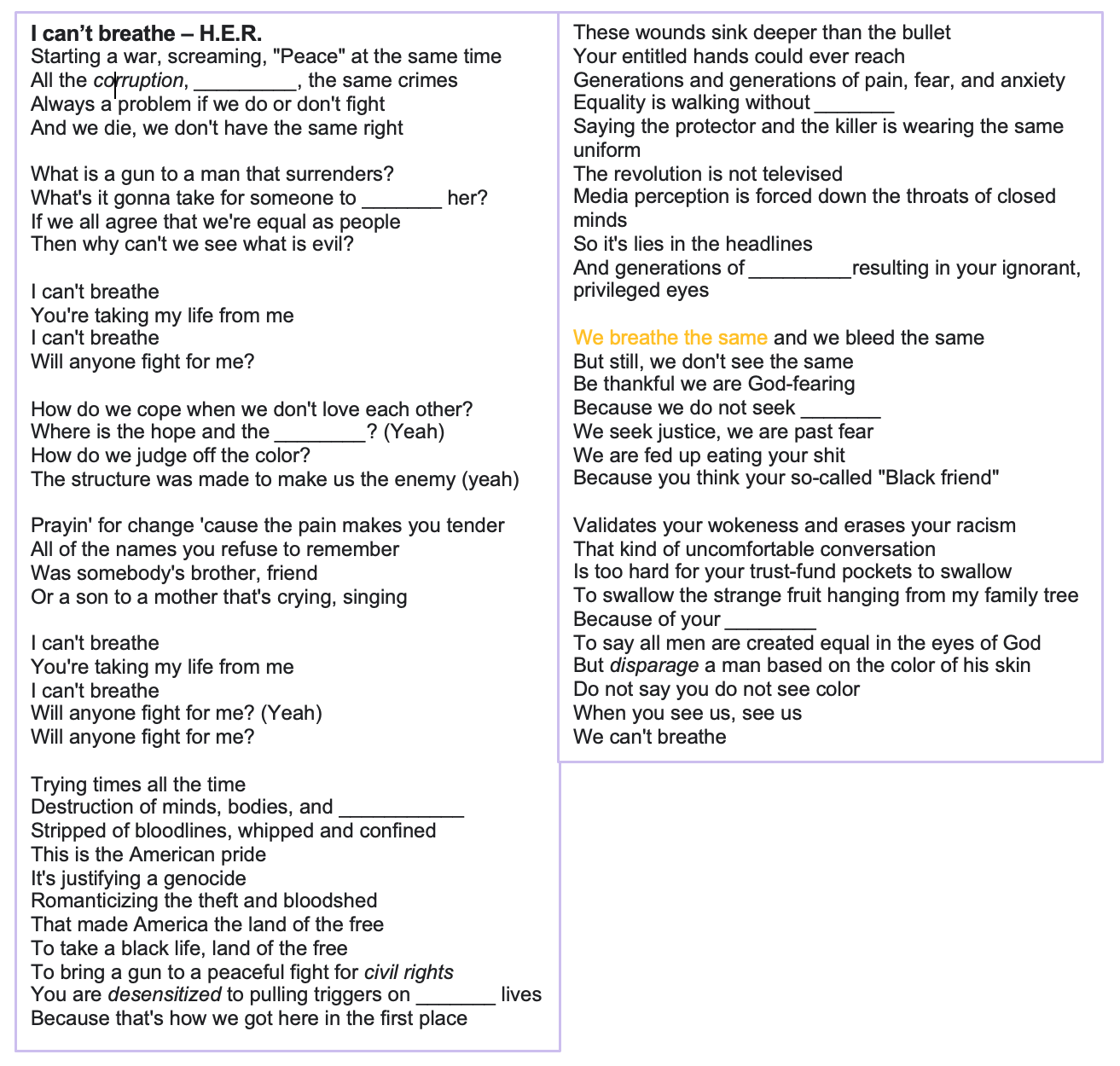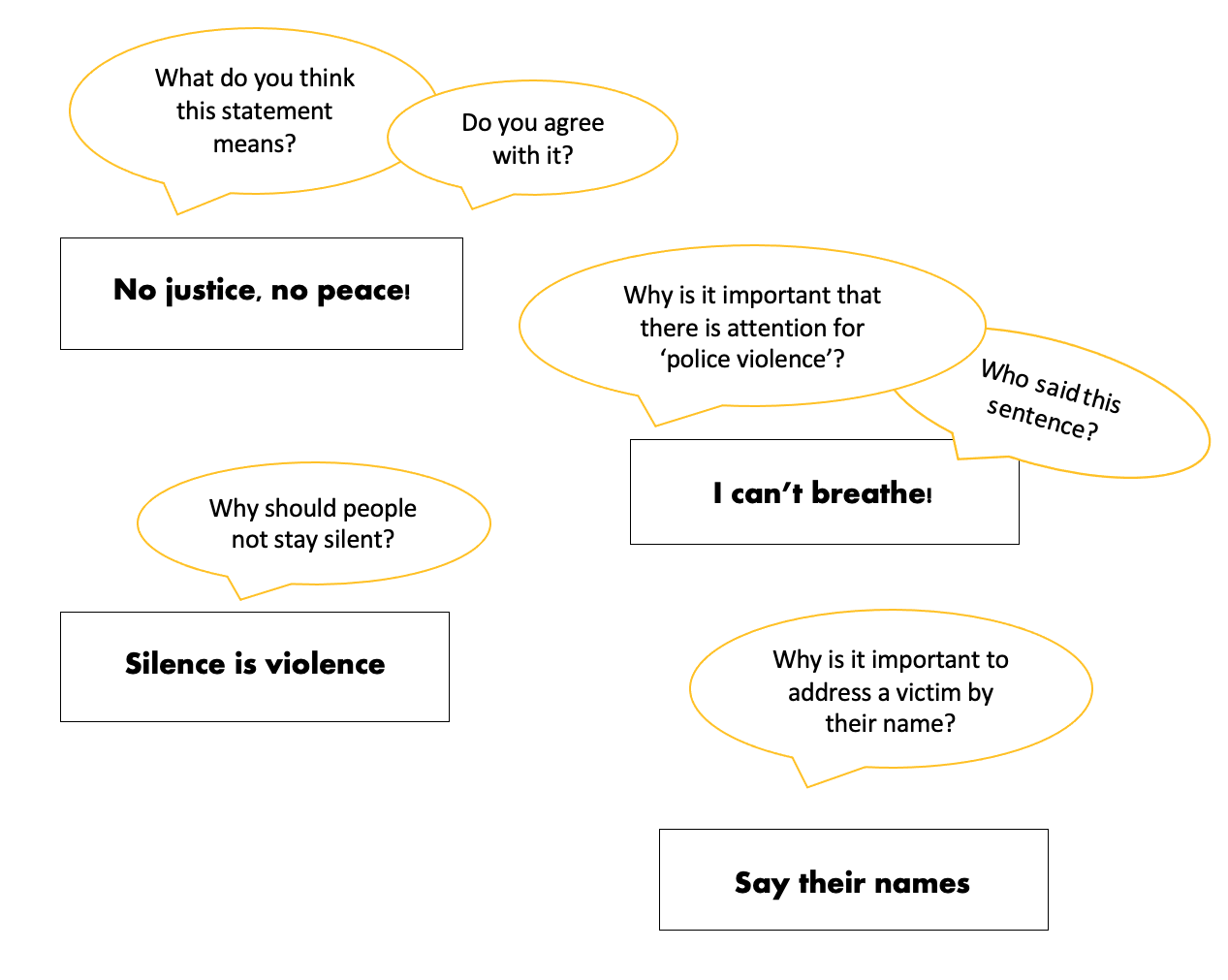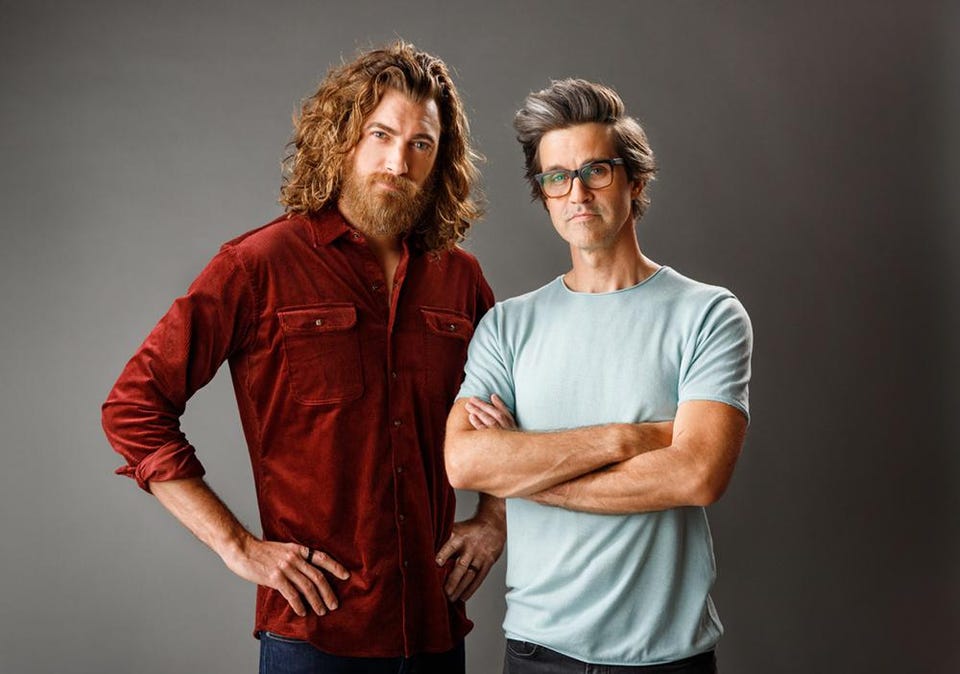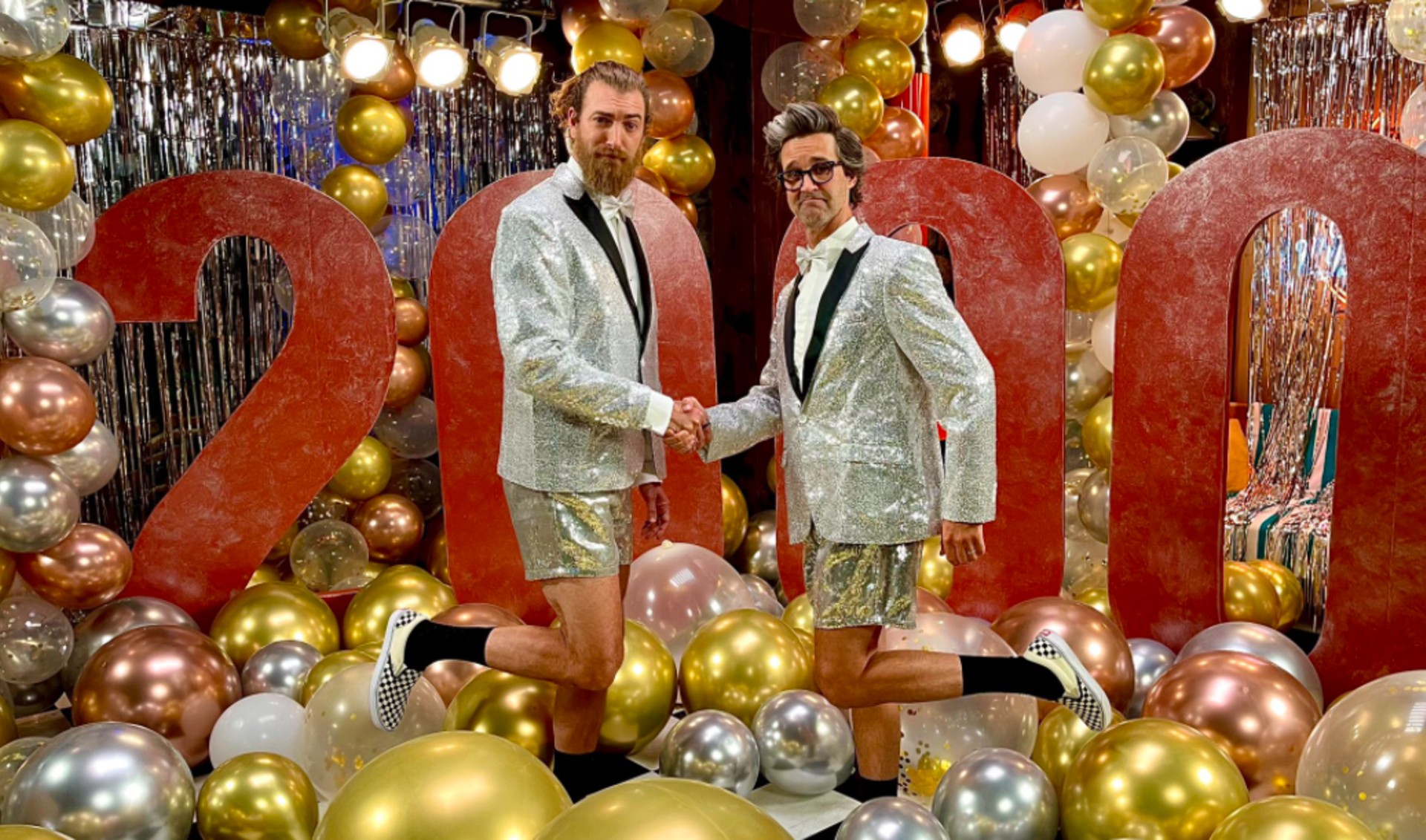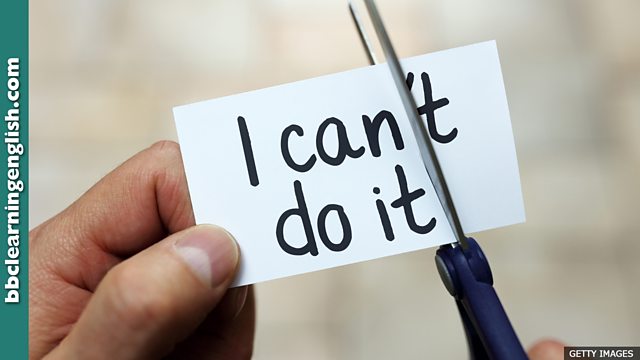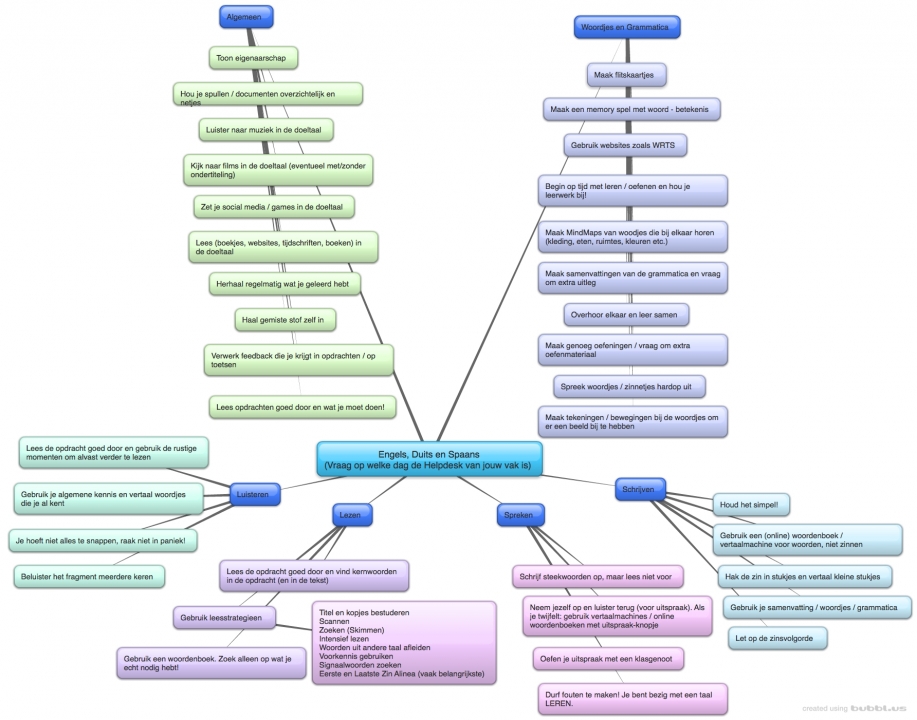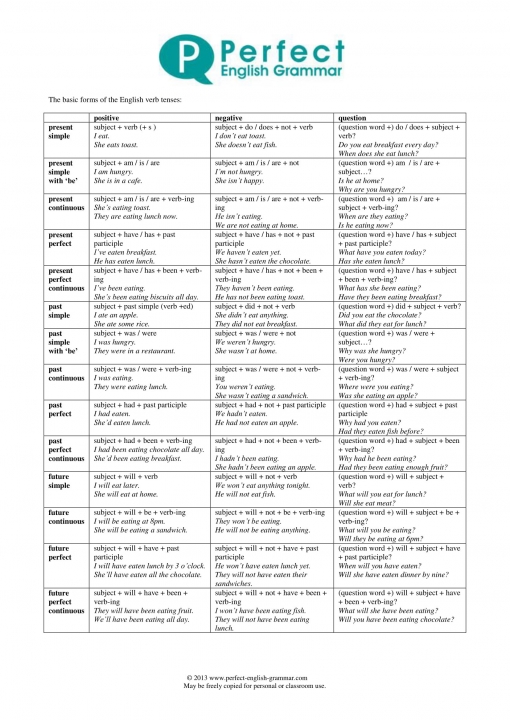Het arrangement English Year 3 H/V is gemaakt met Wikiwijs van Kennisnet. Wikiwijs is hét onderwijsplatform waar je leermiddelen zoekt, maakt en deelt.
- Auteur
- Laatst gewijzigd
- 2025-10-27 15:44:07
- Licentie
-
Dit lesmateriaal is gepubliceerd onder de Creative Commons Naamsvermelding 3.0 Nederlands licentie. Dit houdt in dat je onder de voorwaarde van naamsvermelding vrij bent om:
- het werk te delen - te kopiëren, te verspreiden en door te geven via elk medium of bestandsformaat
- het werk te bewerken - te remixen, te veranderen en afgeleide werken te maken
- voor alle doeleinden, inclusief commerciële doeleinden.
Meer informatie over de CC Naamsvermelding 3.0 Nederland licentie.
Aanvullende informatie over dit lesmateriaal
Van dit lesmateriaal is de volgende aanvullende informatie beschikbaar:
- Toelichting
- English year 3 hv
- Leerniveau
- HAVO 3; VWO 3;
- Leerinhoud en doelen
- Engels; Dagelijks leven; Lezen; Gesprekken voeren; Spreken; Luisteren als lid van een live publiek; Lezen om informatie op te doen; Opleiding; Luisteren en kijken; Schrijven; Oriënterend lezen;
- Eindgebruiker
- leerling/student
- Moeilijkheidsgraad
- gemiddeld
Bronnen
Gebruikte Wikiwijs Arrangementen
Melkert, Manon. (z.d.).
Project: Good Mythical Morning
https://maken.wikiwijs.nl/76900/Project__Good_Mythical_Morning
Sectie Engels. (z.d.).
DNS English Year 4 HAVO/VWO
Sectie Engels. (z.d.).
DNS English Year 4 MAVO
van Helvoirt, Yoeri. (z.d.).
Reading: Alice in Wonderland
https://maken.wikiwijs.nl/56250/Reading__Alice_in_Wonderland


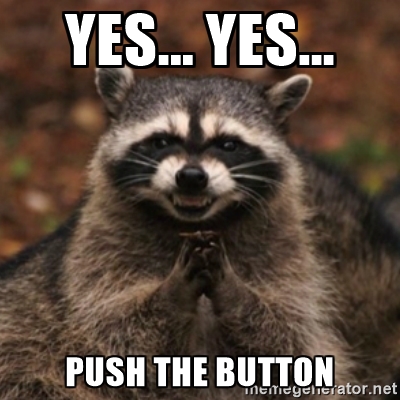
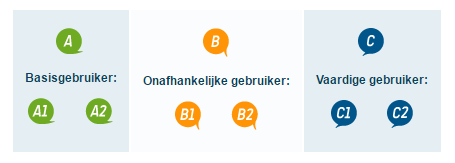
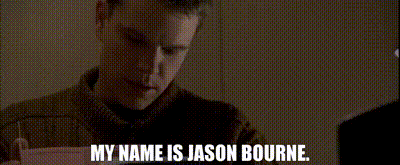
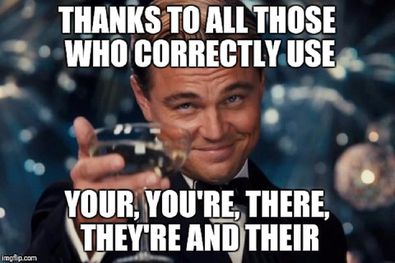

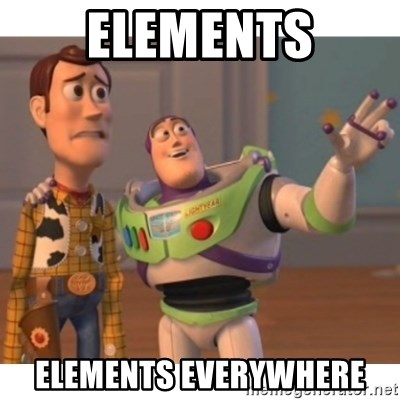
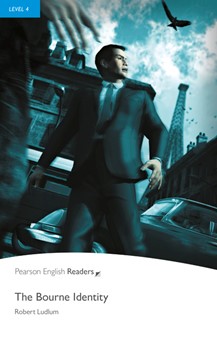
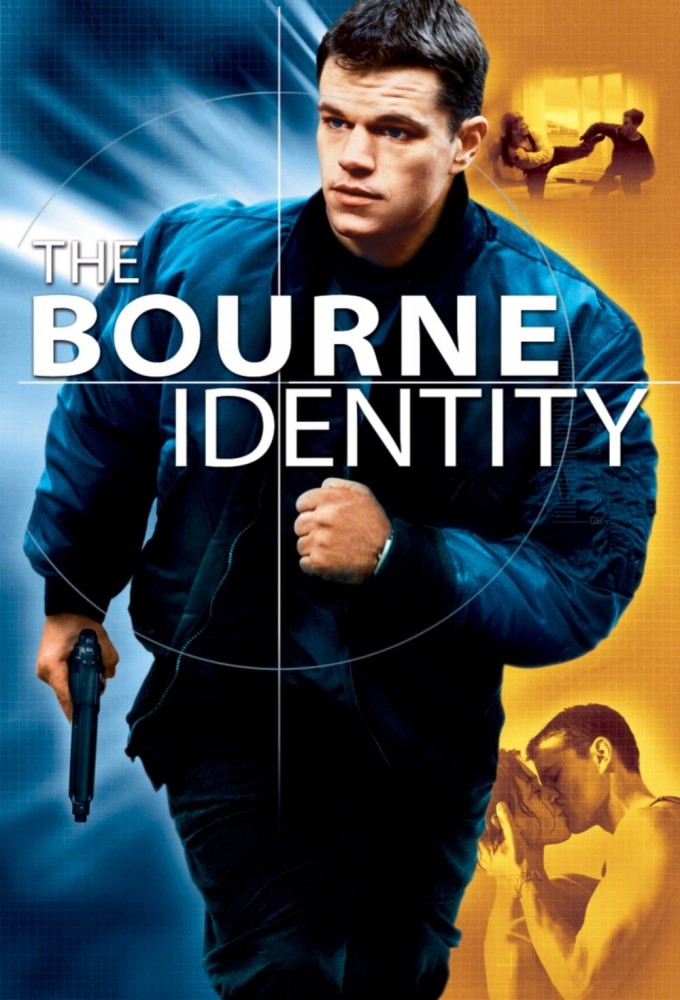
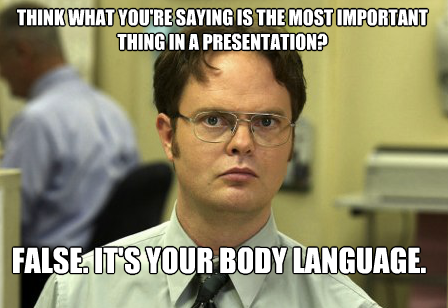
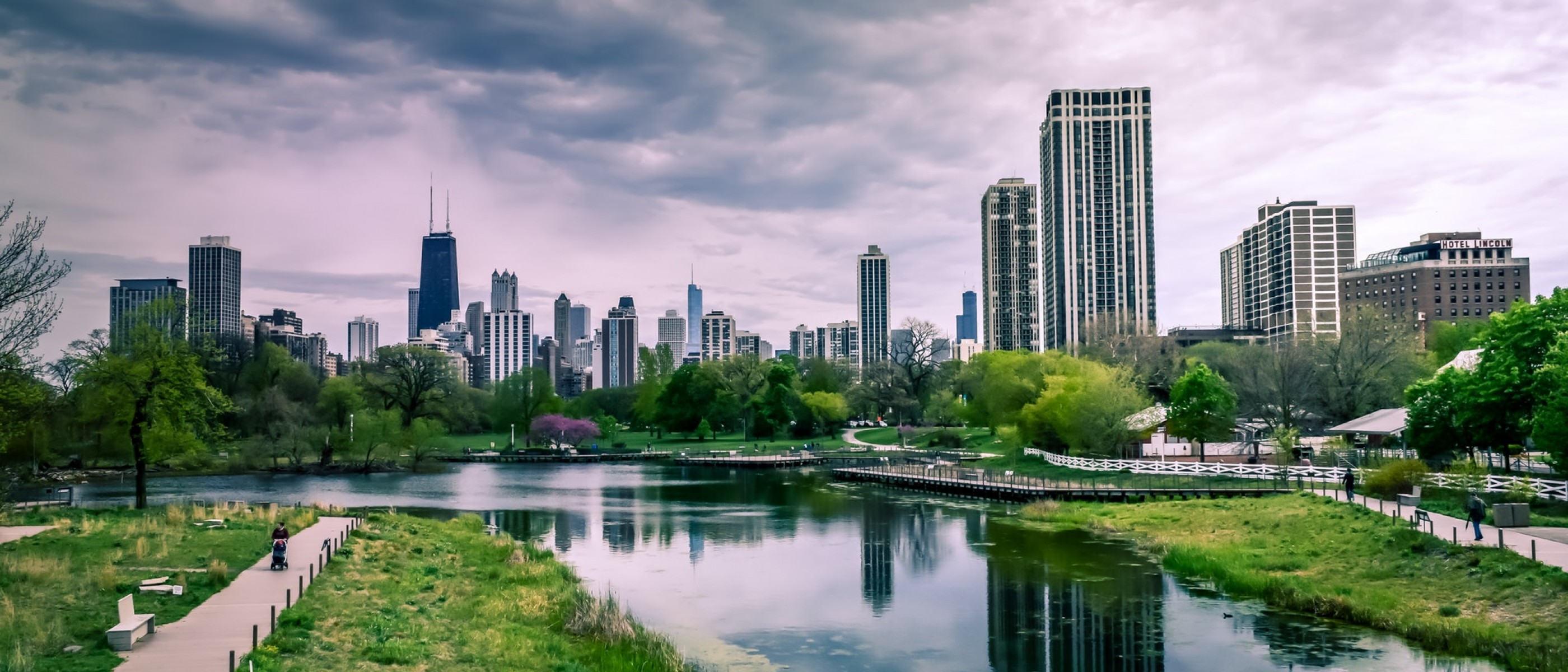
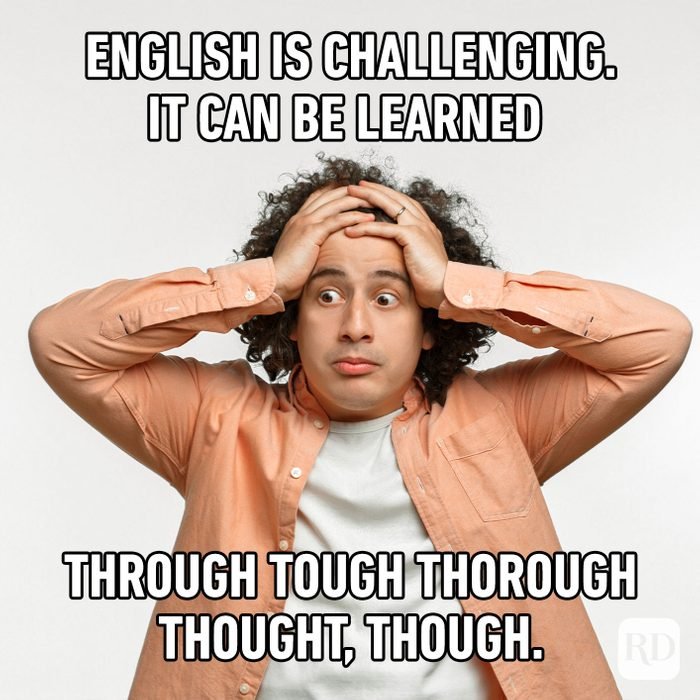
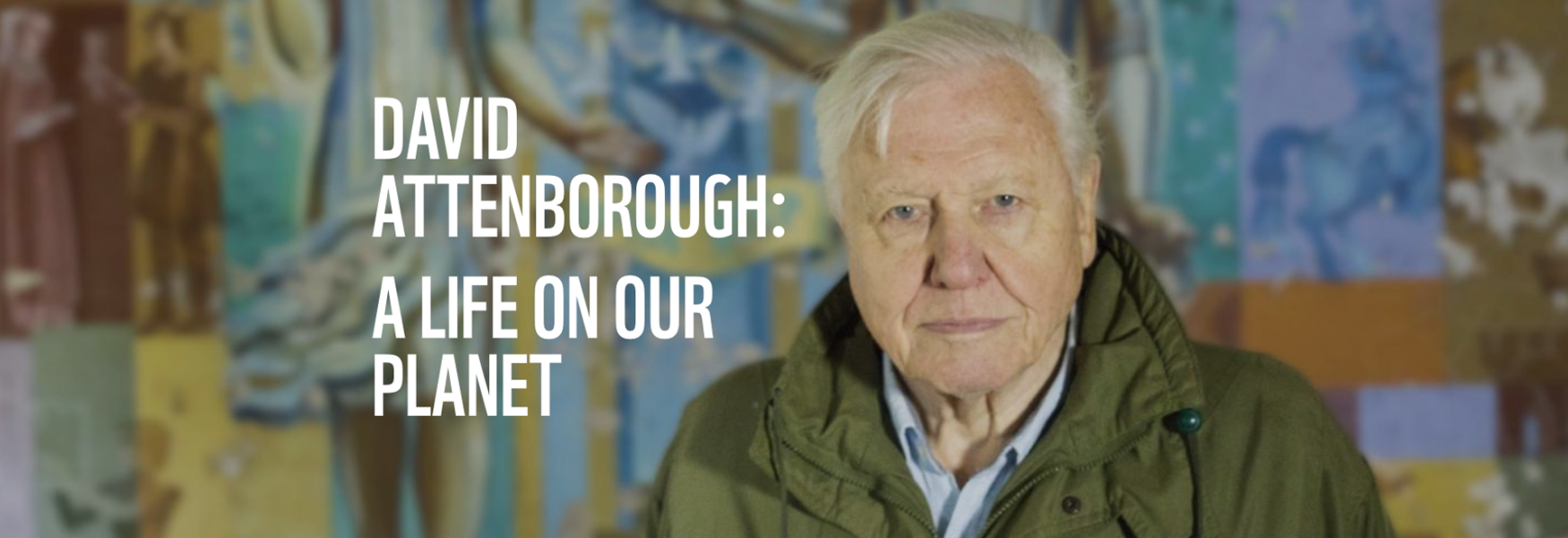
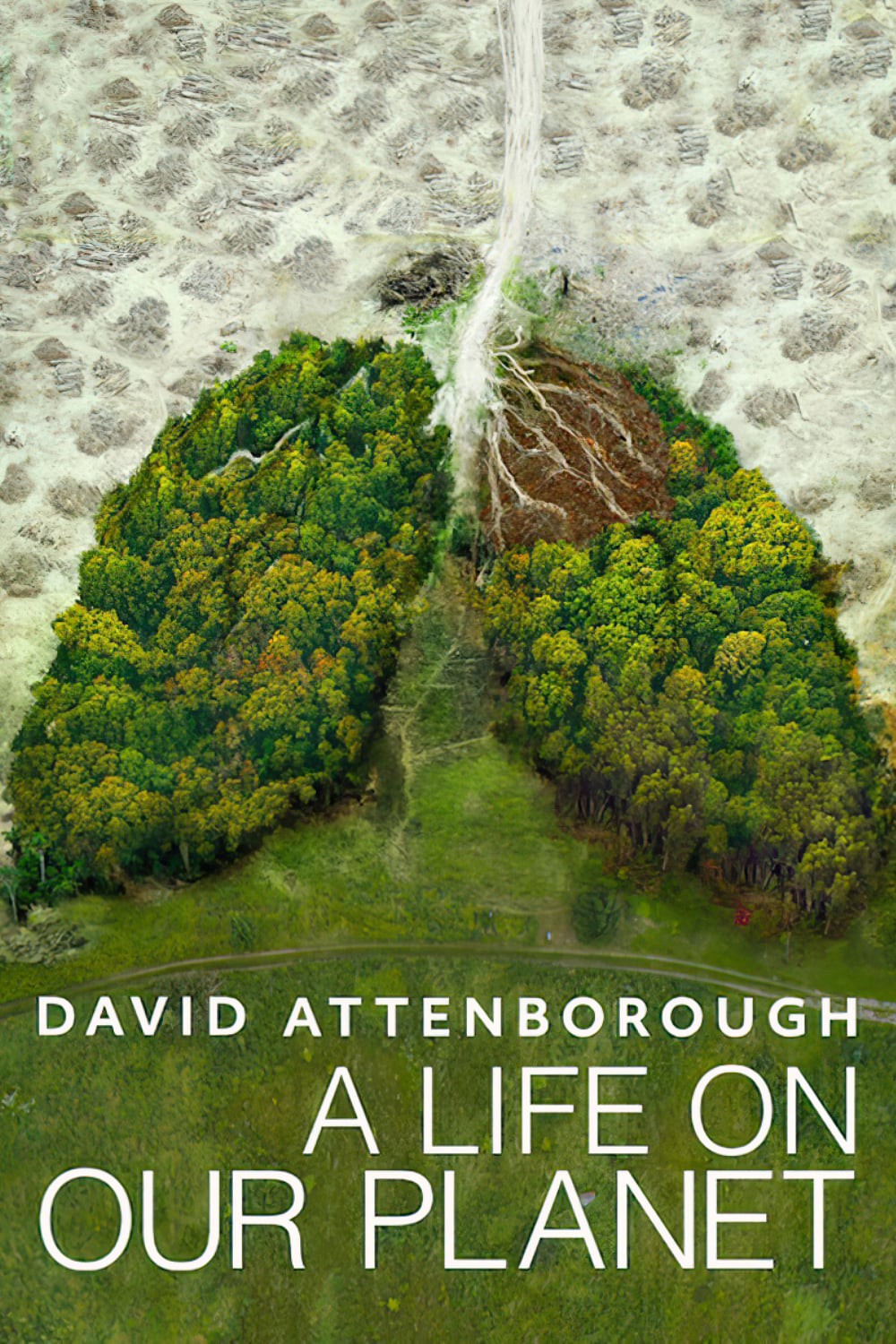



 Joby's CEO said the taxis would be good for the environment. He told reporters: "Joby exists to help people save time while reducing their carbon footprint. Japan offers us a spectacular opportunity to do just that with 92 per cent of the population living in urban areas, and Tokyo being one of the top 20 most congested cities in the world." The president of ANA, Koji Shibata, was also excited about the project. He said: "ANA has 70 years of experience delivering safe and reliable flights to customers across the world.…Being able to provide them with the option to travel rapidly, and sustainably, from an international airport to a downtown location is very appealing."
Joby's CEO said the taxis would be good for the environment. He told reporters: "Joby exists to help people save time while reducing their carbon footprint. Japan offers us a spectacular opportunity to do just that with 92 per cent of the population living in urban areas, and Tokyo being one of the top 20 most congested cities in the world." The president of ANA, Koji Shibata, was also excited about the project. He said: "ANA has 70 years of experience delivering safe and reliable flights to customers across the world.…Being able to provide them with the option to travel rapidly, and sustainably, from an international airport to a downtown location is very appealing."

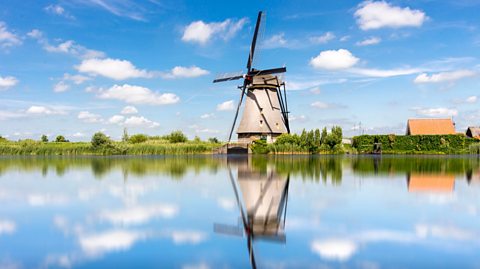 Preferential' flooding
Preferential' flooding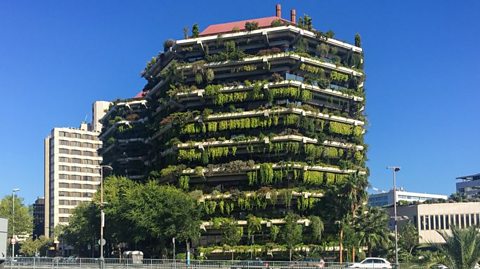




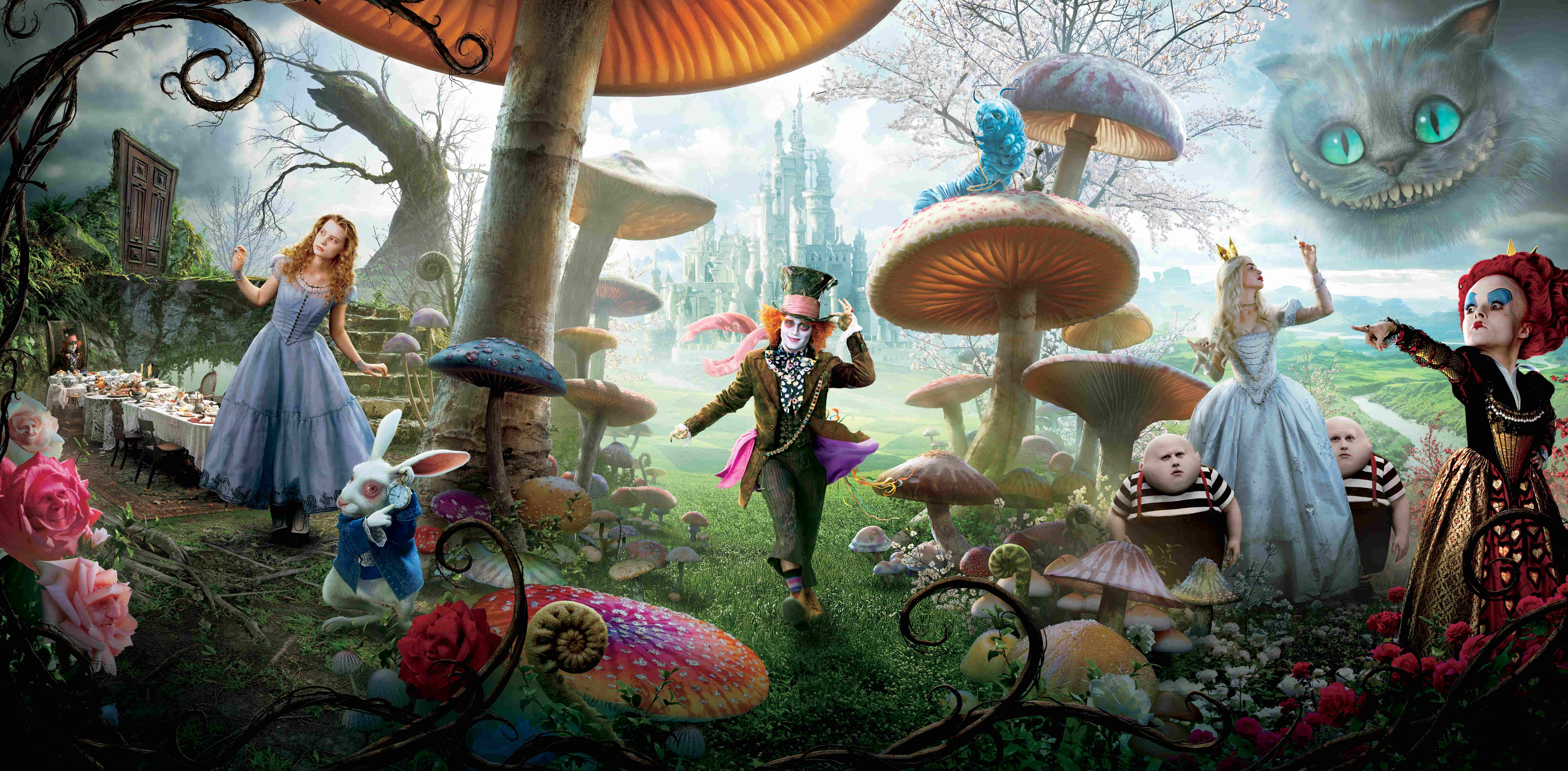
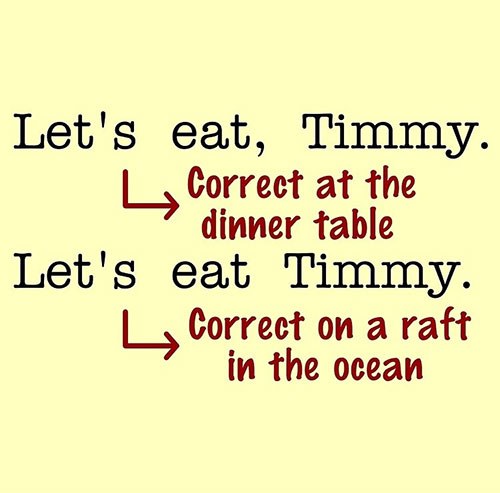
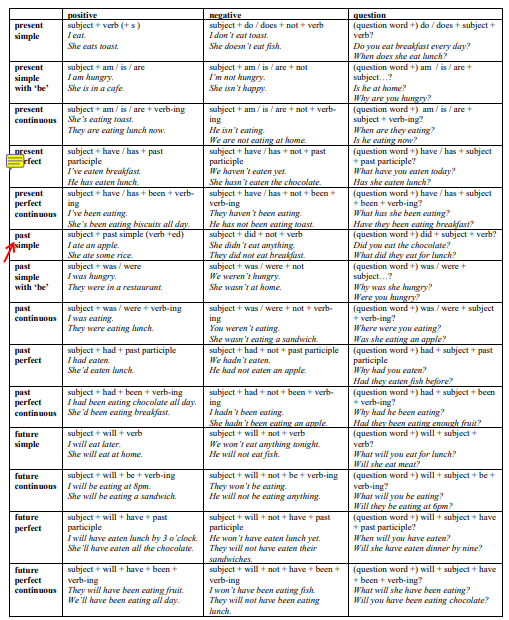
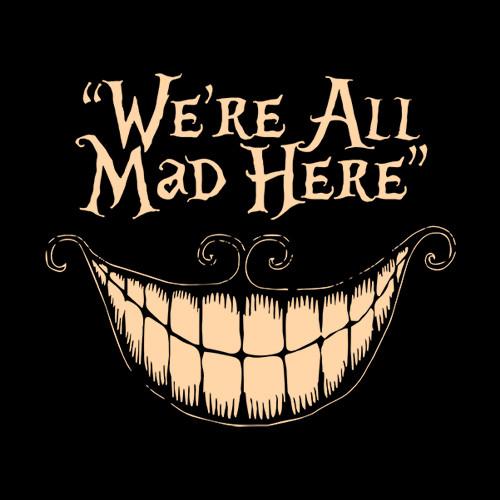
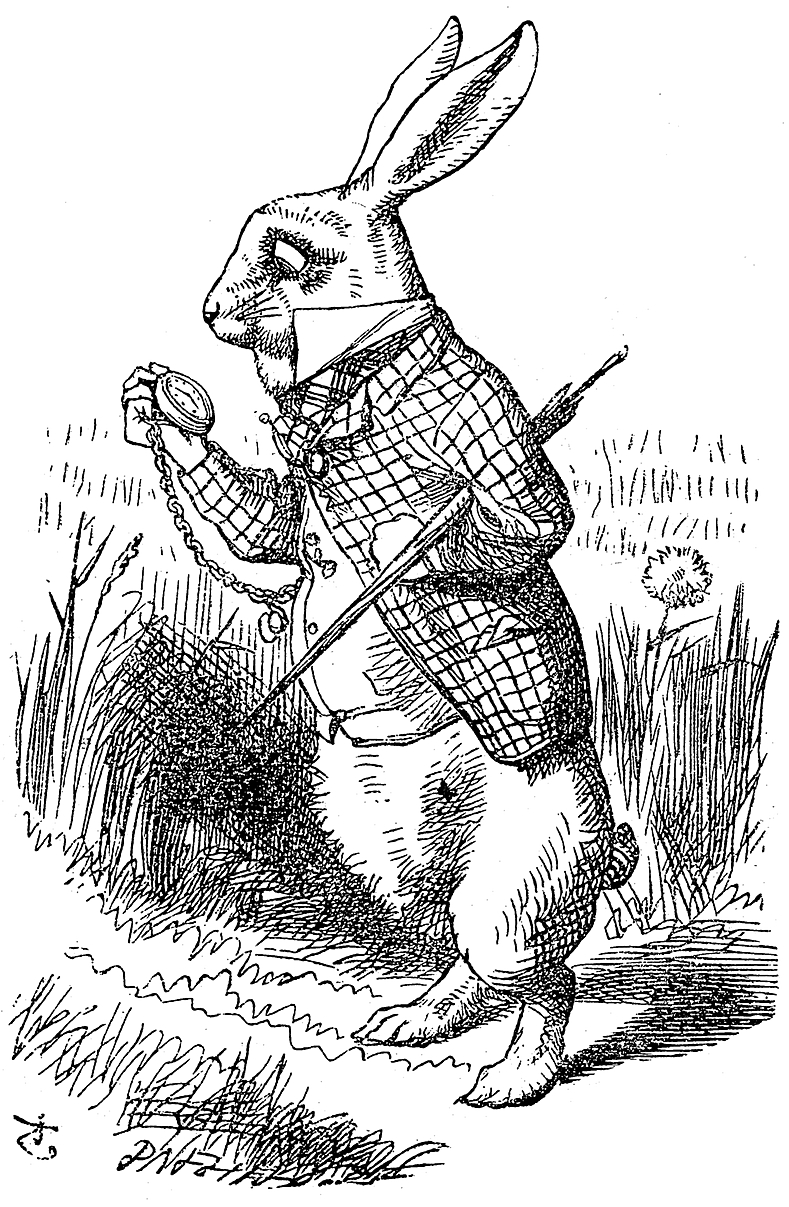

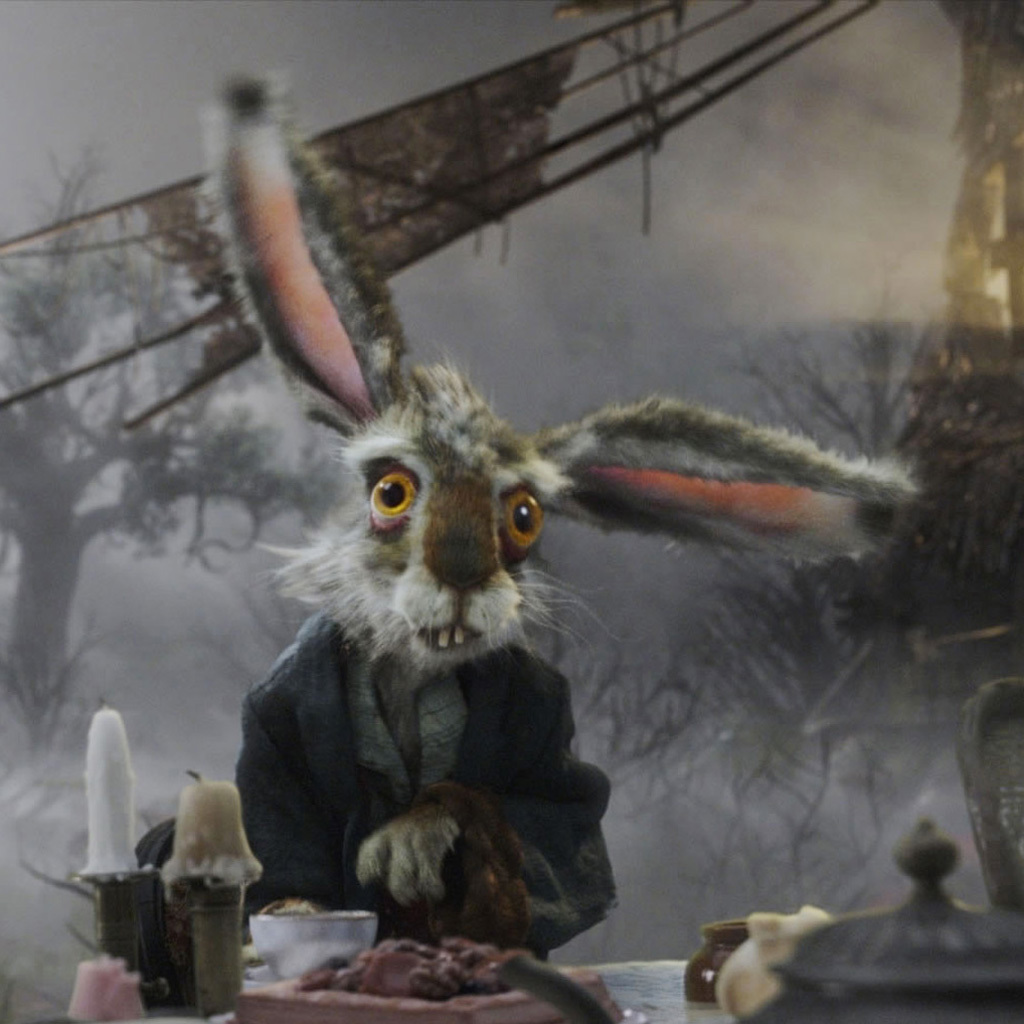
 The door led right into a large kitchen, which was full of smoke from one end to the other: the Duchess was sitting on a three-legged stool in the middle, nursing a baby; the cook was leaning over the fire, stirring a large cauldron which seemed to be full of soup.
The door led right into a large kitchen, which was full of smoke from one end to the other: the Duchess was sitting on a three-legged stool in the middle, nursing a baby; the cook was leaning over the fire, stirring a large cauldron which seemed to be full of soup.
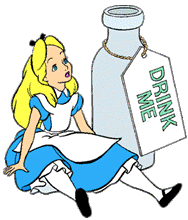 Answer these questions about the text.
Answer these questions about the text.


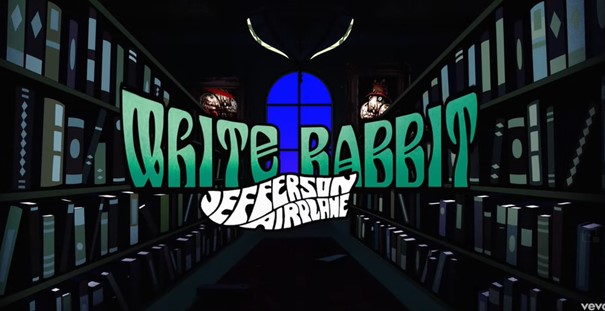
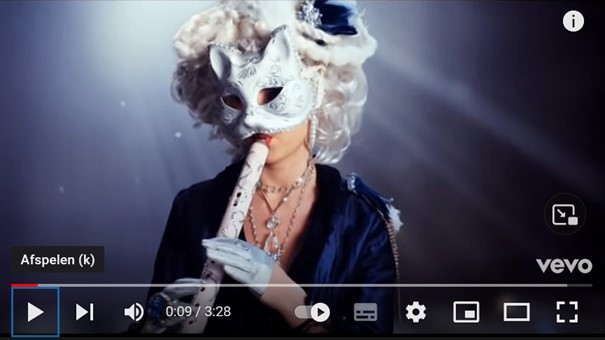
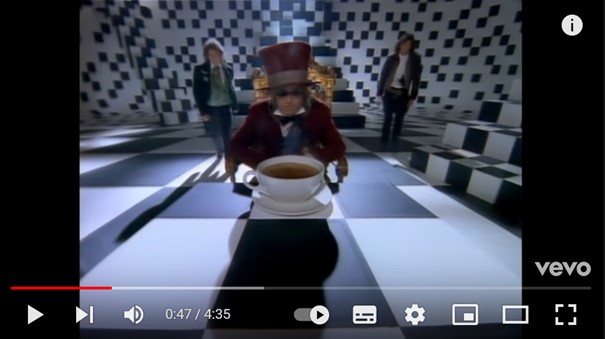

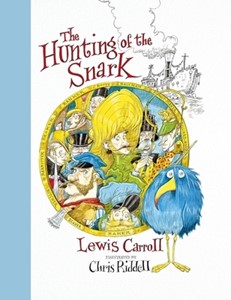

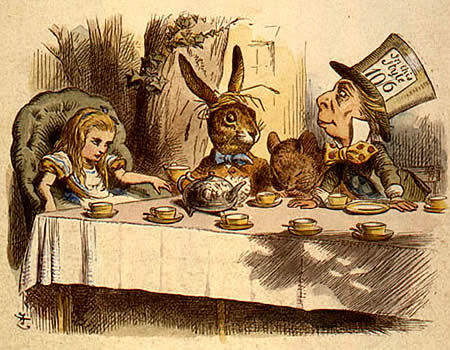 here was a table set out under a tree in front of the house, and the March Hare and the Hatter were having tea at it: a Dormouse was sitting between them, fast asleep, and the other two were using it as a cushion, resting their elbows on it, and they were talking over its head. 'Very uncomfortable for the Dormouse,' thought Alice; 'only, as it's asleep, I suppose it doesn't mind.'
here was a table set out under a tree in front of the house, and the March Hare and the Hatter were having tea at it: a Dormouse was sitting between them, fast asleep, and the other two were using it as a cushion, resting their elbows on it, and they were talking over its head. 'Very uncomfortable for the Dormouse,' thought Alice; 'only, as it's asleep, I suppose it doesn't mind.'
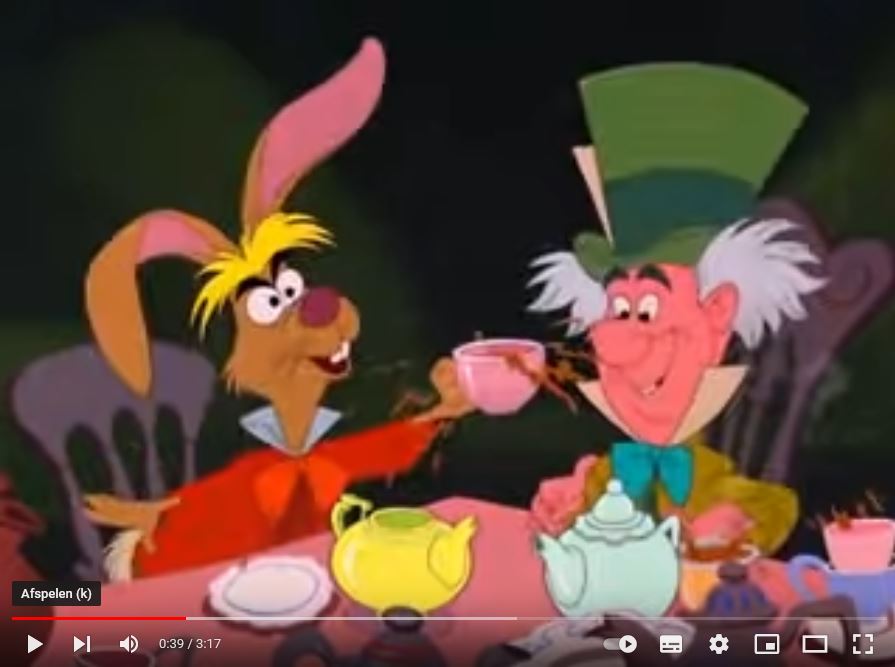
:max_bytes(150000):strip_icc()/GettyImages-185276824-5c6c6dcac9e77c0001cda211.jpg)


